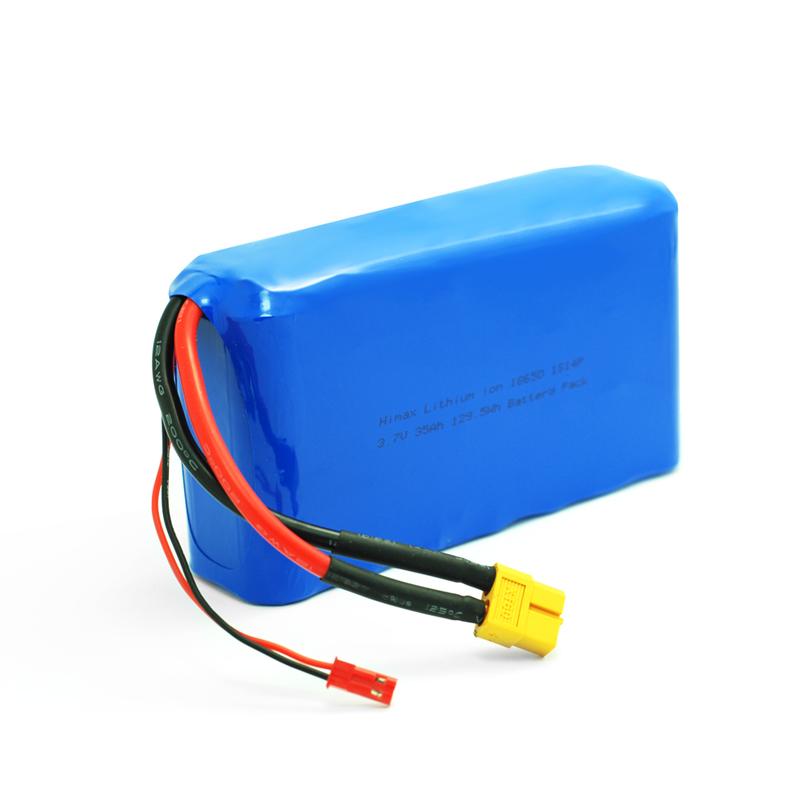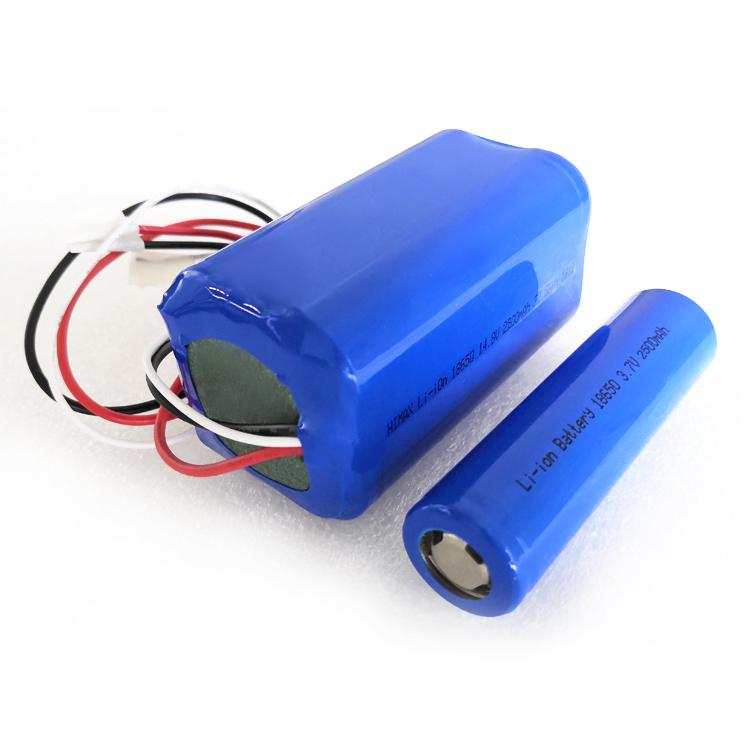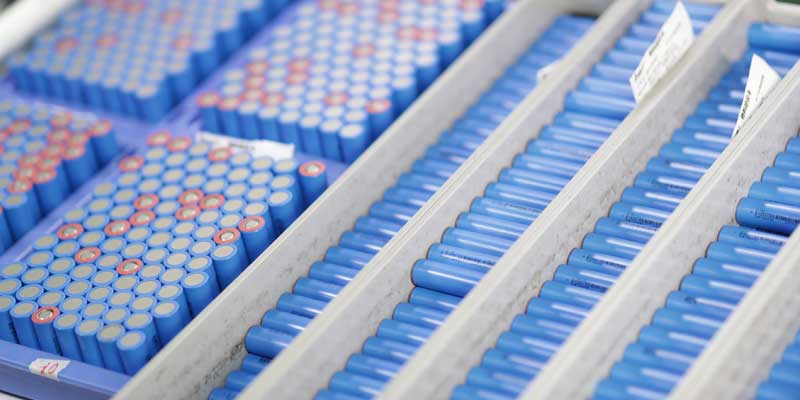A Comprehensive Guide to Battery Cathode and Anode Ratio (N/P Ratio)
When designing custom lithium battery packs, correctly calculating the N/P ratio (Negative electrode capacity / Positive electrode capacity) is critical for performance, safety, and longevity. This ratio defines the balance between the battery cathode and anode capacity.
N/P Ratio for Traditional Graphite Anodes
For lithium-ion batteries with traditional graphite negative electrodes:
- Challenge: Main cycle failure modes involve lithium deposition and dead zone problems on the anode side.
- Solution: Typically, an excess negative electrode (N/P ratio > 1.0) is used to prevent lithium plating and dendrite formation during charging. The battery capacity is then limited by the positive electrode capacity.
- Risks of Too Much Negative Electrode: While beneficial to a point, an excessively high N/P ratio wastes anode material, reduces battery energy density, and increases battery costs.
- Empirical Formula: For graphite anodes, an N/P ratio around 1.08 is often an empirical starting point, calculated based on active material specific capacities.

N/P Ratio for Lithium Titanate (LTO) Anodes
For lithium titanate (LTO) anode batteries:
- LTO Characteristics: LTO anodes offer a stable structure, high voltage platform, and excellent cycle performance with no lithium deposition.
- Cycle Failure: Cycle failure mainly occurs on the cathode side.
- Solution: The preferred design uses excess positive electrode (N/P ratio < 1.0). This strategy alleviates electrolyte decomposition issues caused by high positive electrode potential when the battery is near full charge, improving battery cycle performance and high-temperature storage.
Factors Determining the Optimal N/P Ratio:
The ideal N/P ratio for a custom lithium battery pack is influenced by several factors:
- Material Efficiency: Considers reactive substances, conductive agents, binders, current collectors, separators, and electrolytes.
- Coating Accuracy: High-precision coating minimizes variations.
- Cyclic Decay Rate: The differential degradation rates of the cathode and anode materials over cycles. If the positive electrode decays faster, a lower N/P is needed; if the negative electrode decays faster, a higher N/P.
- Rate Capability: The desired C-rate performance of the battery cell.
- First-Round Efficiency: The irreversible capacity loss during the initial charge/discharge cycle of both cathode materials (e.g., LiCoO2, NCM) and anode materials (e.g., graphite, LTO) is crucial for accurate N/P calculation.
Impact of N/P Ratio on LTO Battery Performance:
A study on NCM/LTO batteries with varying N/P ratios (0.87, 0.96, 0.99, 1.02) revealed:
- Battery Capacity: As the N/P ratio increases (more LTO), the battery capacity initially increases until the positive electrode capacity becomes the limiting factor. Beyond N/P > 1.0, increasing LTO capacity no longer boosts overall battery capacity.
- High-Temperature Storage Performance (60°C, 100% SOC): A lower N/P ratio (e.g., 0.87) resulted in better high-temperature storage performance. Higher N/P ratios led to increased internal resistance and reduced capacity retention after storage. This is because a lower N/P keeps the positive electrode potential lower, reducing side reactions like electrolyte oxidation.
- Cycle Performance (3C charge/discharge): Batteries with a lower N/P ratio (e.g., 0.87) exhibited superior cycle life and capacity retention (97% after 1,600 cycles). Higher N/P ratios significantly increased internal resistance and reduced cycle life due to a higher positive electrode potential that promotes unwanted side reactions.

If you have any question, please feel free to contact us:
- Name: Dawn Zeng (Director)
- E-mail address: sales@himaxelectronics.com



